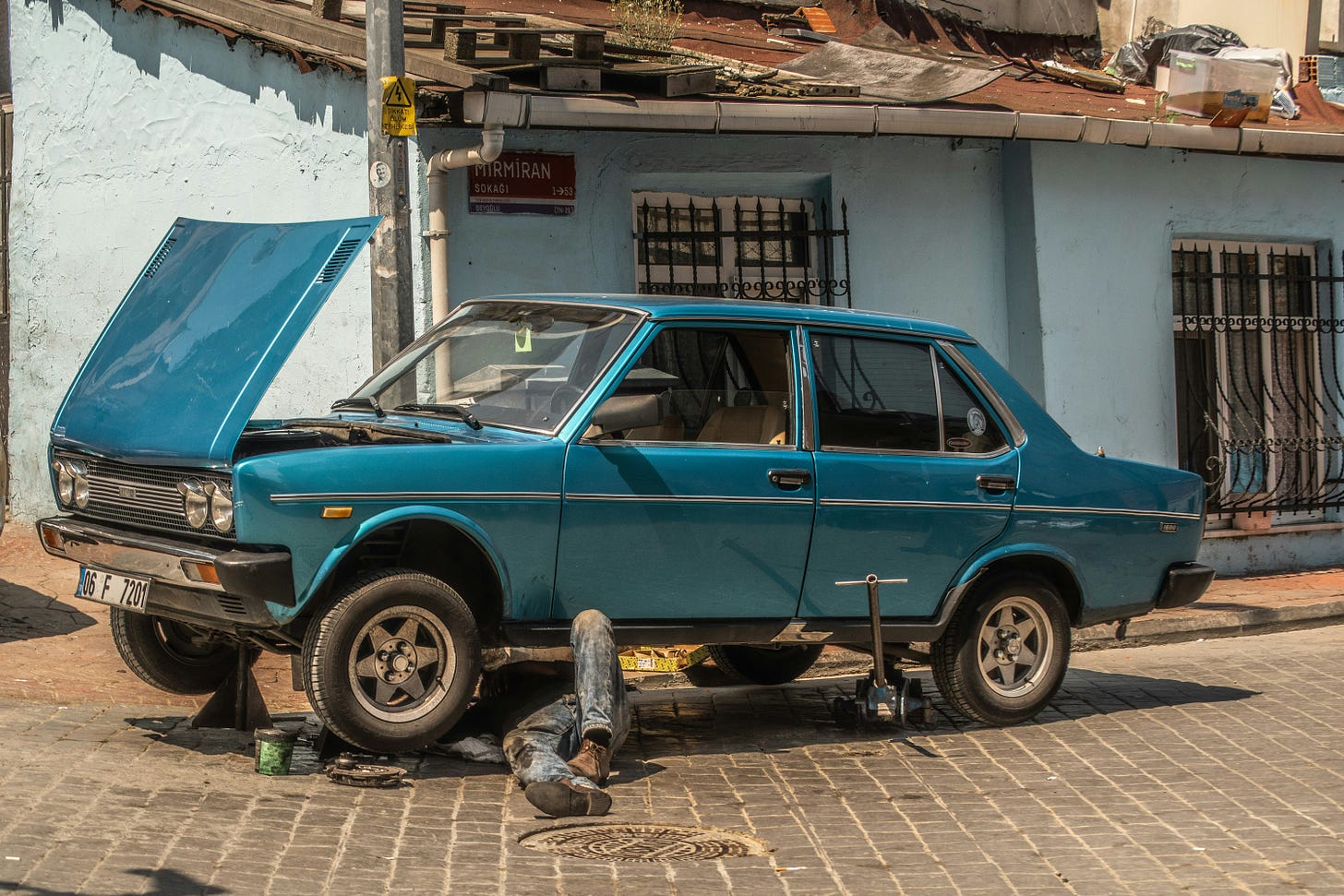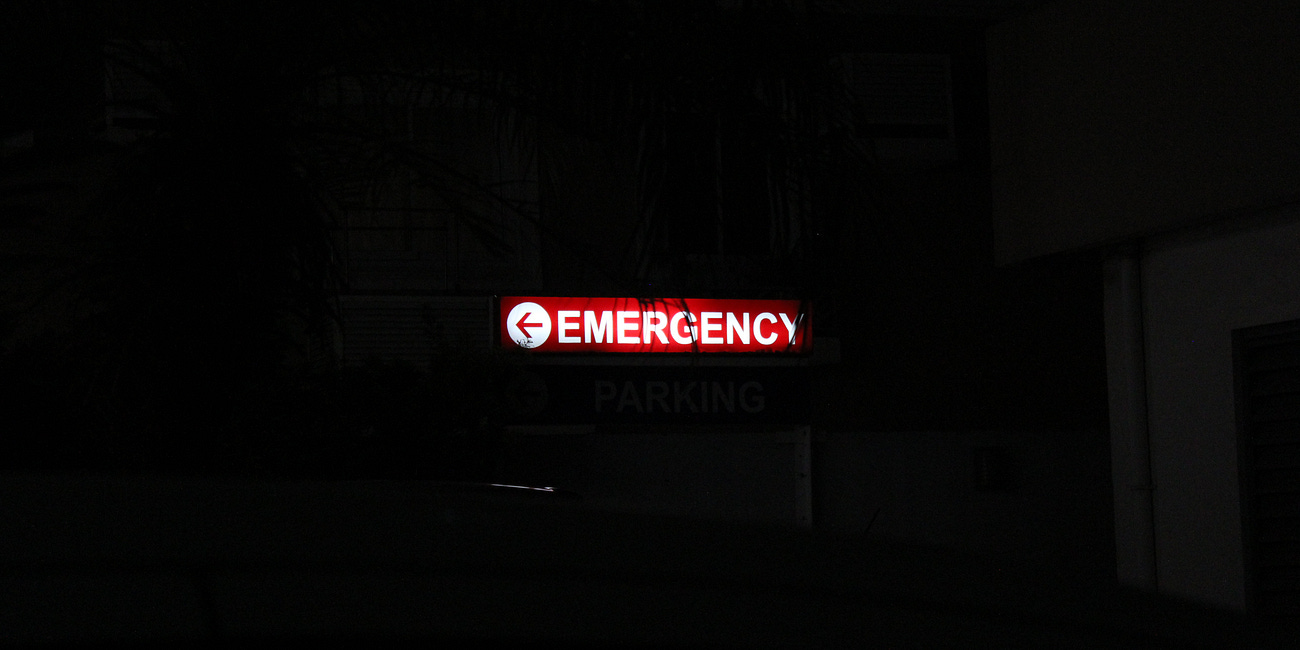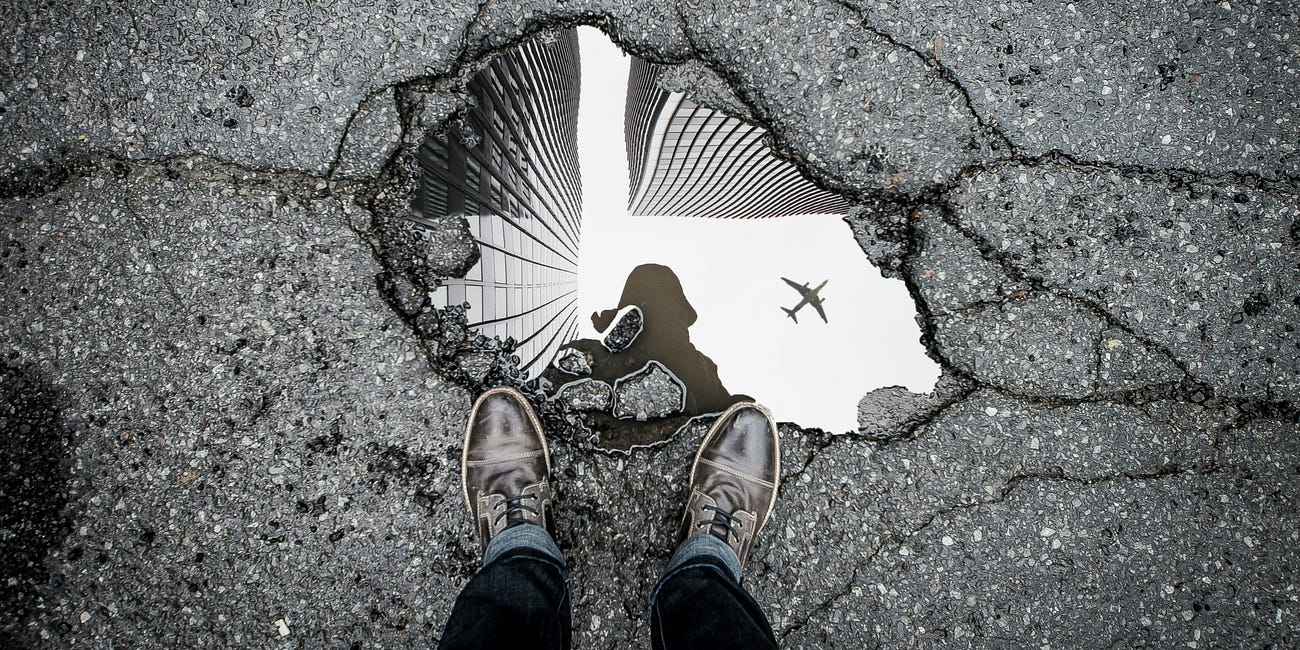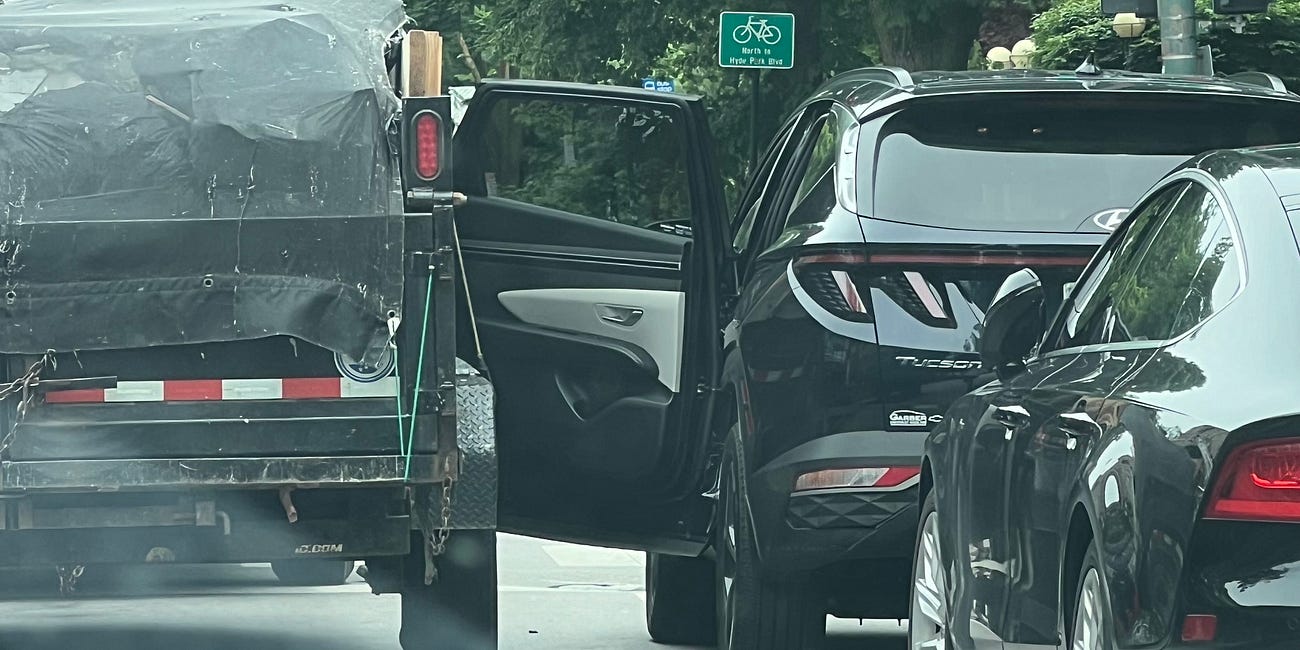
Two car repair invoices sit in an envelope inside an end table in our living room — a painful reminder of the money problem I’ve been avoiding.
Together, they show my car needs more than $2,000 worth of repairs, an amount I never expected to have to spend so soon.
I thought I was done paying for car repairs.
When I purchased my used Toyota Camry last year, I begrudgingly took on a monthly payment. Chronic problems with my previous vehicle mandated that I stop squandering money on temporary fixes and commit to a permanent solution. I thought I’d upgraded enough that I was beyond car trouble being a financial setback.
I thought wrong.
A knocking sound from under my hood annoys the crap out of me. The rattling is heard whenever I hit bumps and accelerate above 55 miles per hour. Since the spring, my way of masking the problem was to roll down my windows or turn up the audio emitting from my speakers — even worse temporary fixes.
The appropriate solution, according to the owner of the first repair shop, is new engine mounts.
That job will cost $1,179.66.
After spending $1,300 on new struts in June, I needed to let my funds recover before tackling the engine mounts.
But in September, the check engine light on my dashboard popped on.
I took my car to a shop close to home only to learn that I needed a fuel neck. The EVAP test required to detect my car’s issue cost $120.
For the fuel neck, labor, taxes and a 4% convenience charge for paying via credit card, I must pay an additional $900.
Never mind the $69.74 I paid for an oil change Tuesday. A quick Google search found me a $15 coupon, and the drive-thru service was prompt. Fresh oil also removed the “maintenance required” warning light that had joined the check engine indicator on my dashboard.
My tire pressure indicator flashes on seemingly every other week. Apparently my rear driver’s side tire has a slow leak. It never stays appropriately inflated. I also need new wipers, an air filter and a cabin air filter.
Other than that, my new car is great!
Hey, at least it starts on command, unlike my old vehicle.
But these expenses came at an absolutely brutal time for me. Remember, I’m in the middle of buying a home. Car trouble, and the hefty bills that accompany such challenges, was the last headache I needed. Fortunately, however, I’ve spent the past two years preparing for times like this.
As frustrating as these repairs are, they also highlight why I can’t stress enough how important it is to save for emergencies. Building the habit when you don’t have to will save you in a major way when problems inevitably arise. The peace of mind you get from resources you can tap into is priceless. Socking away just $83.34 each month would turn into $1,000 in a year. That money can go a long way when you really need it.
I’ll pay for these latest repairs using my freedom fund, which is money I’ve set aside specifically for emergencies and experiences so I don’t have to rely on credit cards or loans. Because I’ve diligently put away money for the past two years — and maintained the discipline to not touch it — I’m able to take care of the problems.
Even so, dipping into the account will come at a cost. I’m using my freedom fund balance to show my lender that I have the minimum required funds necessary to absorb the cost of a multifamily home. Now is not the time for the account to show a shortfall.
I’ll also surpass my yearly spending from 2023 after paying both car repair bills. I wanted to spend less this year than I did last year, but I’m already $1,600 shy of that goal even before covering these repair bills.
But I’ve learned that setbacks like these don’t define my financial health.
It would be easy to get discouraged when you’re blindsided by a money problem, especially when it feels like your best efforts are being undone.
Life is full of challenges, and unexpected expenses will always pop up. What matters is how you respond. By planning ahead and saving intentionally, I’ve built a foundation that helps me weather these storms without derailing my long-term goals.
Though it’s never easy to dip into my savings, I’m confident in the foundation I’ve built. This cushion gives me the strength and flexibility to stay on track — no matter what challenges arise.







